Transport for London’s latest Silvertown Tunnel meeting sees big gaps in modelling
Transport for London’s latest liaison meeting with stakeholders covering Silvertown Tunnel updates has been uploaded – with some strange information contained within.
The Silvertown Tunnel Implementation Group (STIG) meets on an irregular meeting and sees TfL offering updates to London boroughs and National Highways.
It’s not filmed and documents are uploaded online weeks after meetings are held – and on occasion I’ve had to chase with TfL’s press office to find out when they’ll be up.
The latest meeting’s presentation is now online, and what stood out to me again was how selectively data is presented.
Traffic forecasts are key to what happens with future congestion levels and there’s certain elements that raise concern as many roads south of the river are absent.
A wide swath of roads north of the Thames are included, but click the below image and see what streets south of the Thames are there. Many aren’t listed.
The a206 Woolwich Road west of Blackwall Lane? Shooters Hill Road leading to the Sun in the Sands roundabout? The A102 and A2 south of the river? We see the A13 and A12 north of the Thames listed.
Out of 26 roads listed showing changes in traffic, 19 are north of the river in this TfL presentation.
Another thing that stands out is that under revised modelling traffic levels south of the Thames – on roads that are listed – appear to be little different under revised forecasts compared to reductions north of the Thames.
Evolving forecasts
Traffic forecasts have evolved from the 2019 model, with two other measurements now used post-pandemic One is an updated standard model and another hybrid.
As the report notes “Hybrid reflects slower growth, higher unemployment, more working from home in office jobs and lower trip rates. Higher car ownership due to some hesitancy to return to public transport.”
The updated standard model expects a four per cent increase in car drivers in 2025 compared to the 2019 model. The hybrid model sees a six per cent reduction in car drivers.
There is no explicit HGV category listed. The new Tunnel has a dedicated lane for HGVs and buses, which is likely to see lorries head to the tunnel via the A102, A2 and local roads.
One major area of concern is that both the revised standard model for traffic alongside the hybrid shows increases in southbound Blackwall tunnel traffic. Unlike north of the Thames where the Blackwall Tunnel; and Silvertown Tunnel portals are located someway apart, south of the Thames they immediately converge on the existing A102.
If Blackwall tunnel projections are now higher than in 2019, that could see the regular Kent-bound PM traffic worsen. This is an apparent major oversight in arguments for the tunnel which proponents such as Mayor Sadiq Khan never answer.
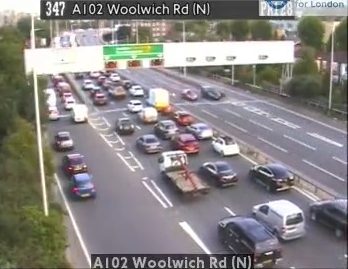
Southbound traffic to Kent along the A2 is using the same roads as now with one extra tunnel feeding towards it. TfL and Khan talk of alleviating traffic at the tunnel mouth heading northbound but overlook the reverse direction.
There’s further curious parts of the report. It states at one point “Most prominent difference between the Standard and DCO Reference Cases is a decrease in southbound (SB) delay in the PM peak.”
Then we look at what that is measured again and it’s southbound journeys only as far as Sun in the Sands, ignoring the daily crawl from Falconwood back through Eltham and Kidbrooke. Highly selective from TfL.
Tunnelling
Some opponents are still calling for the tunnel to stop, though work is ever more progressed with the tunnelling machine set to begin work imminently.
If the tunnel is built as now looks almost certain, scrutiny is still key to ensure promised mitigation happens – and that requires widespread modelling to assess where will bear the brunt.
There’s also the promised bus routes, given it appears ever more likely bus frequency through the tunnel will be close to 20 per hour rather than more than 30 often mentioned in the past. Given one bus route already runs through Blackwall (the 108), 20 per hour in total could mean just two new routes.
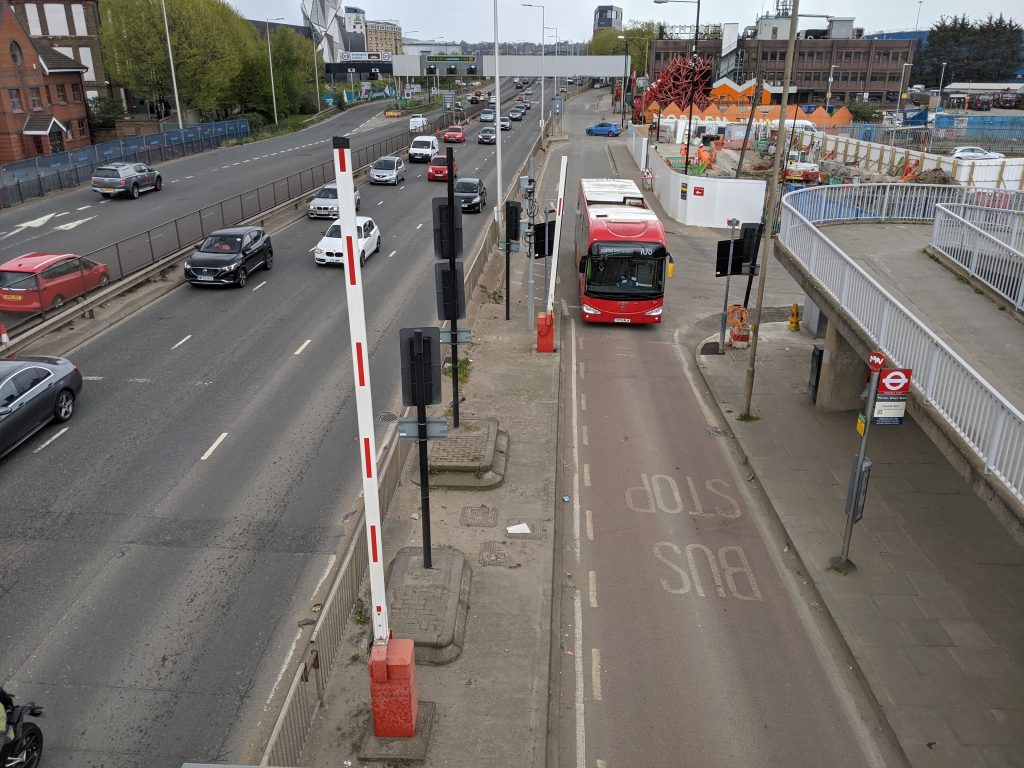
If those buses then hit heavier congestion in Greenwich upon existing, that decreases public transport’s appeal. Many have suspected the bus argument was a trojan horse for the real goal of extra road and lorry capacity. We shall see.
Silvertown is a highly controversial subject of course, and TfL offering selective data in presentations to boroughs is concerning.
If they aren’t given the full picture, planning on how to mitigate problems simply will not be sufficient. With tunnelling soon beginning, improvements in information appear needed to give an accurate picture.
The next meeting is set to be held on 29th September, and will cover
- Refreshed assessment update on traffic modelling, air quality, user charge, bus network
- Highway mitigation update
Running a site alone takes time and a fair bit of money. Adverts are far from enough to cover it and my living costs as a private renter.
You can support me including via Paypal here Another option is via Patreon by clicking here You can also buy me a beer/coffee at Ko-fi here There's also a Facebook page for the site here Many thanks
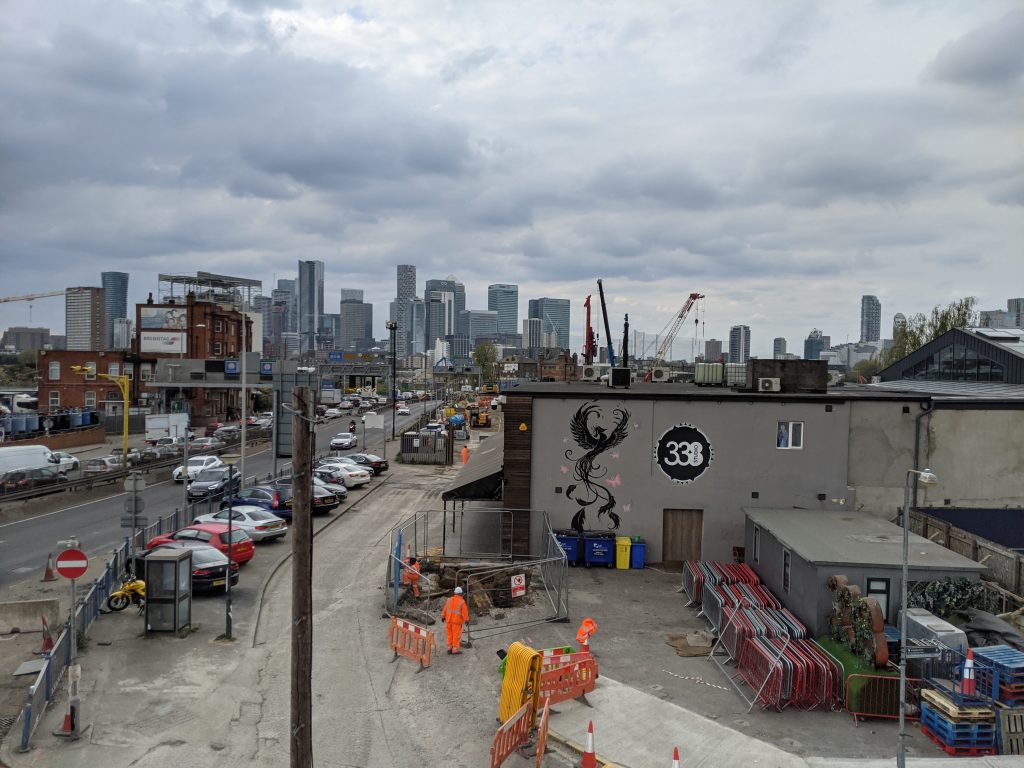
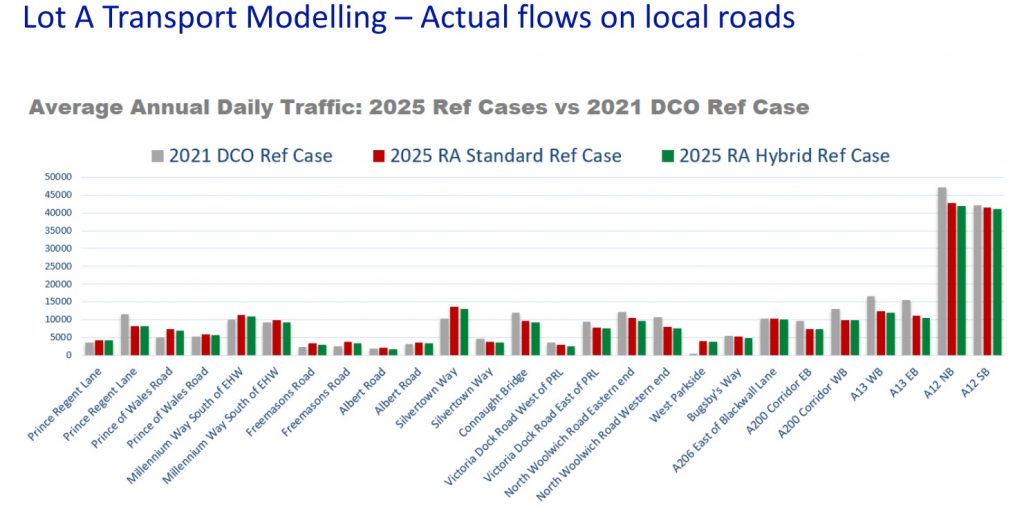

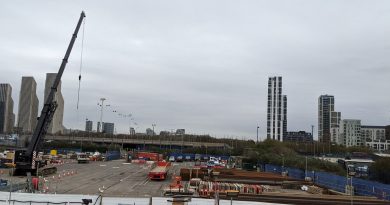
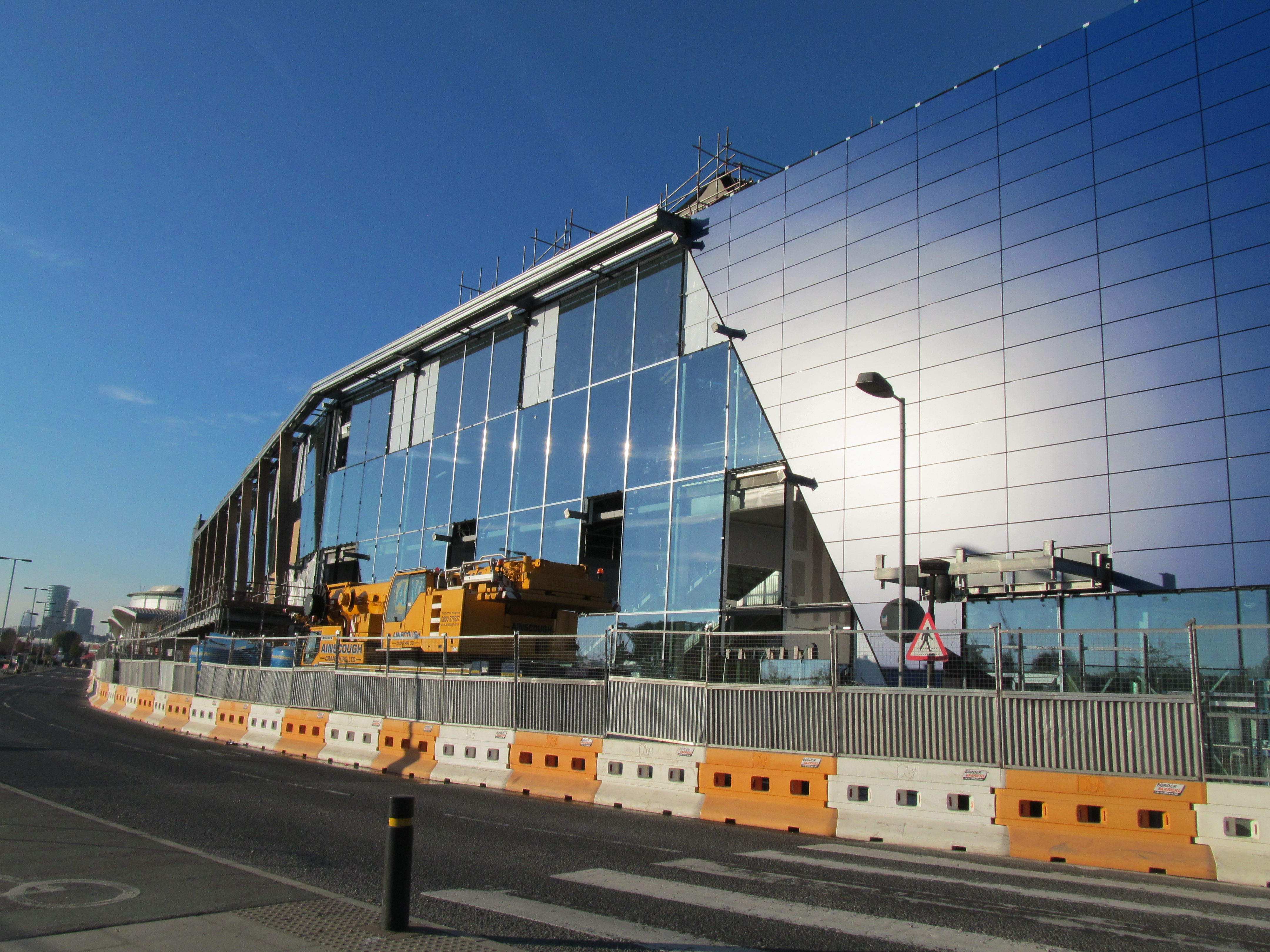
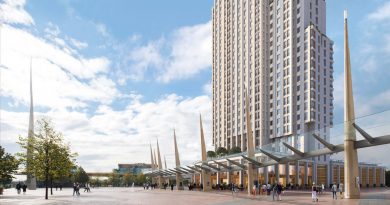
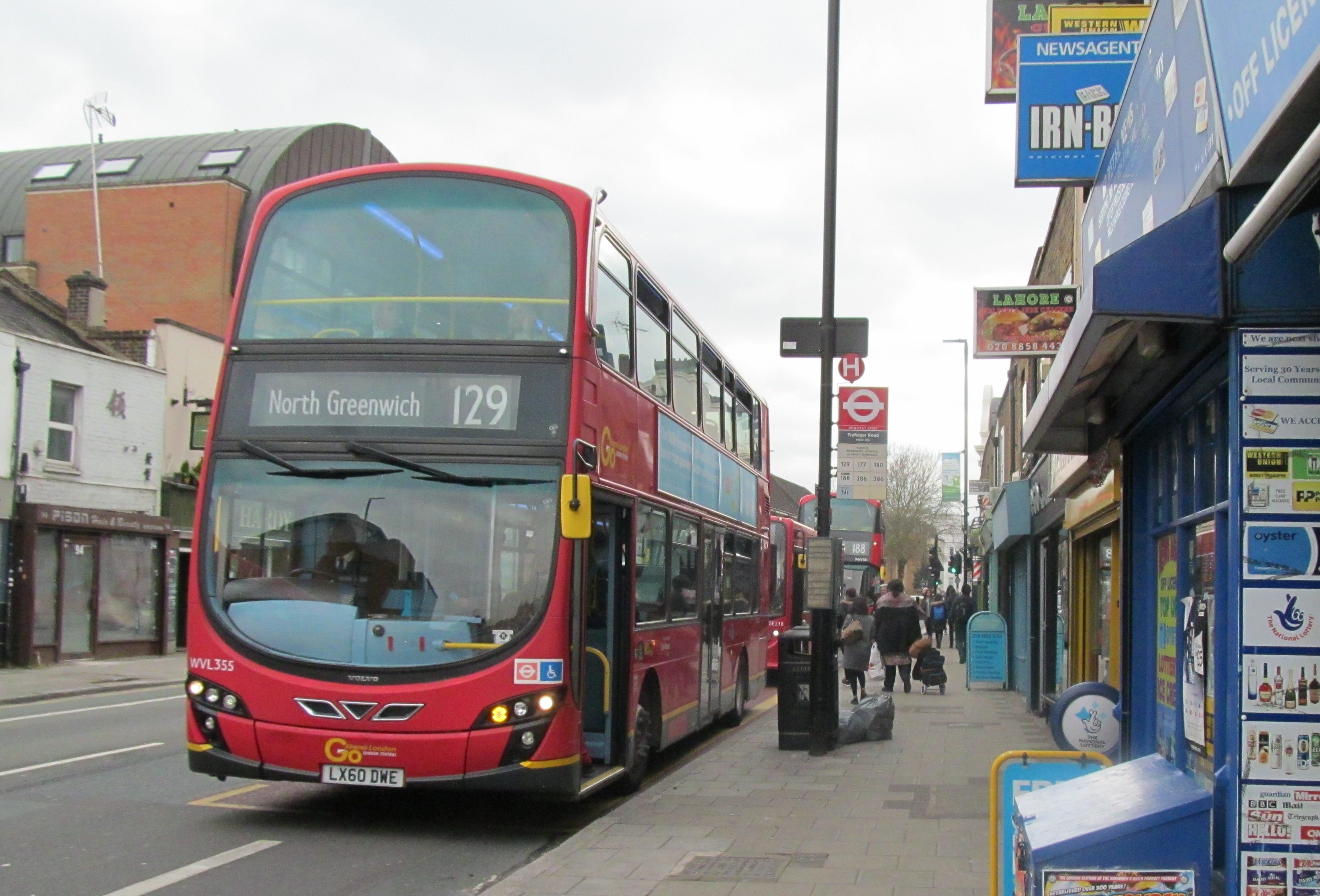
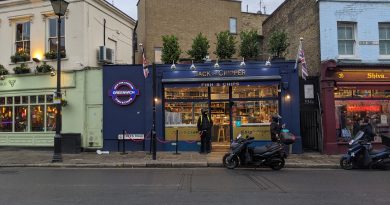
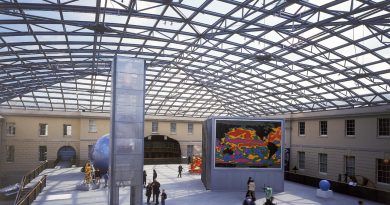
You and the Charlton Champion have repeatedly named the Greenwich ward councillors, Leaders and deputies who have allowed this potentially disastrous state of affairs to arise, against the wishes of the majority of other levels of the Greenwich labour party. They will be held accountable. It is beyond understanding why any councillors around the Blackwall tunnel feeder roads did not feel it their duty to protect their electorate, they had no wider overiding remit than that of their local constituents. One can see why the Mayor of London may have, but not East Greenwich and Peninsula councillors, they will not be able to wiggle out from this, records will show their culpability.